Gen Z trends, the sudden virality of Chili’s, and a cigarette renaissance
Casey Lewis recommends a few of her favorite Substack posts
This week’s edition of Substack Reads was curated by Casey Lewis, who writes , a youth culture cheat sheet, on Substack. Casey is a former editor for Teen Vogue, MTV, and New York Magazine, founded a media company focused on Gen Z, and now works as a brand strategy consultant. Her most popular recent posts include “Tokyo Tinder and Great Zynpression,” “Proteinmaxxing and Gossip Girlcore,” and “Camo Hoodies and Cargo Sweats: Back-to-School Special” If you enjoy Casey’s edit today, be sure to subscribe to her Substack.
I started
three and a half years ago to serve as an external brain.An interest—obsession, really—with youth trends has been the throughline of my career. I grew up on a steady diet of teen magazines, dog-earing emerging trends to seek out at thrift stores, and had a fashion blog when I was in high school. (Back then, Blogger was the only option, but these days it would have been on Substack.) I was an editor at Teen Vogue and MTV, and I had a few stints outside of the media industry working at youth-focused market research firms.
Trends have always come and gone. But around 2020, the trend cycle had become so accelerated, thanks to apps like TikTok, that I found it harder than ever to keep up. I was consuming hundreds of headlines, but I wasn’t retaining anything. Writing After School five days a week has allowed me to keep track, and make sense of the many trends, memes, and societal shifts that surface.
This past week, I had the honor of hosting Substack Presents: The After School Debate Club, wherein some of my favorite people on the internet—Nolita Dirtbag, who writes Medium Rare; JP Brammer, who writes ¡Hola Papi!; Kareem Rahma, who writes Another New Thing; Substack’s own Randa Sakallah, who writes Good Hang; Joe Hollier of The Light Phone; and Adam Faze of Gymnasium—debated hot-button trend-adjacent topics like: Zyns or cigarettes? It was an incredible night (there was even a marching band and cheerleaders!) and the first of many Substack debates. Make sure to check out Jessica DeFino’s next week.
Ahead, you’ll find a few of my favorite recent posts about youth trends (and a few related topics). Fodder for the next After School Debate Club, if I’m lucky!
COLLEGE
Welcome to Bama Confidential
—
inRushTok, a phenomenon that occurs annually on TikTok, involves sorority hopefuls and active members alike documenting their OOTD (“outfit of the day,” in TikTok parlance), GRWM (“get ready with me”) sessions, and day-to-day experiences as they endure sorority recruitment, known as rush. Anne Helen has tirelessly covered and analyzed RushTok for several years, with a special focus on Bama Rush, which takes place at the University of Alabama. This year, she published a whole five-part series, each installment wilder than the one before it. I went through rush almost 20 years ago—at the University of Missouri, not Alabama, and largely pre-social-media, so my experience was quite different—but reading Anne Helen’s posts (and watching TikTok after TikTok) brings a swell of nostalgia along with great relief that I’m no longer 18.
The term “Rush” comes from the early days of Greek Life in the late 19th and early 20th century, when sororities and fraternities used to literally “rush” to the train station to meet new students and pitch them on joining their organization. These days, most college students don’t show up to campus by train, but other values of that early Rush era remain. Sororities and fraternities have images to maintain, and every year they need to attract new students—the “right” kind of students—to perpetuate it. That emphasis on fitting in (which, at Bama, generally means being white, attractive, wealthy, and straight) has been there from the start and is why, despite considerable cultural and demographic changes to our country, Greek Life at historically white institutions in many ways still looks a lot like it did a hundred years ago.
STYLE
Only boring people get bored
—
inI worked with Laurel more than a decade ago at Teen Vogue, and I remember being in awe of how cool she was. Nothing has changed—if anything, she’s cooler—but these days, she generously shares her cool-girl intel on Earl Earl, her twice-weekly Substack. (I also read her parenting newsletter, Your Mom, even though I am not a parent.) Laurel’s style is thoroughly her—chic yet accessible, smart yet playful—and so is her writing.
I like the idea that the era of the all-cream-and-beige Instagram grid can go screw itself, and that the people who do use clothes as a medium for self-expression will find a bonfire in the woods to dance around at midnight. That’s the party I want to go to. I want to think of clothes as means to communicate something private and interior, or convey something so abstract and subtle in a concrete way. To nail a feeling and a moment we’re all having but can’t articulate, hitting a vein like that Friday’s Alaïa show at the Guggenheim, or Khaite’s softened approach on Saturday. From Booth Moore: “There is a yearning for joy and optimism in the zeitgeist, and many designers are responding this spring 2025 season, even Cate Holstein, New York fashion’s reigning queen of darkness.”
And that’s what I mean when I say using clothes to “feel something.” You can change your mood by changing your outfit, you can feel soft, or scary, or like a haunted Victorian baby, all depending on the look. You could be powerful or pretty or sexy or baby or joyful and optimistic (this is what I’m feeling), but my hope is that we stop aspiring to simply be on trend or chic or … worst of all … classy. Too often, having good taste is confused with having good style.
CULTURE
I know what you did last summer
—
and inI love this post co-authored by Ochuko Akpovbovbo and Arden Yum, both of whom have must-read newsletters on Substack. The two young writers asked their readers how they spent their summer, and the results are fascinating: Many of their readers traveled within the U.S. for their summer vacations, most readers spent between $1,000 and $5,000 on their summer plans, and, Brat summer aside, there was a noticeable shift toward more restrained—sober, even!—activities.
Alcohol is (and has for a long time been) the most socially acceptable way to party. Even with the rise of non-alcoholic or low-ABV drinks, a ton of people are still drinking, just not as much. Sobriety is up. Some responses even cite going to raves in Berlin and Brooklyn sober. People are getting older, or more tired. I don’t think it’s a coincidence that we started this summer with Charli and ended it with “shiver” so cutesy, so demure.
VICES
I asked my Gen Z sister about trends and back-to-school shopping
—
inNow, this is my kind of journalism. Caroline Albro, a marketer by trade, writes about brand strategy from a Gen Z perspective for her newsletter, Brand Baby. In my favorite recent letter of hers, Caroline interviews her 18-year-old sister, who just graduated from high school, about back-to-school shopping. I highly recommend you listen to the audio recording, because the conversation is so incredibly charming, but Caroline has also published the transcript, which features a bunch of gems.
“Cigarettes instead of vaping! People aren’t pulling out their razz-a-tazz vape anymore, they’re pulling out a pack of American Spirits or whatever. I don’t know why, but I don’t know a single girl who does Zyns. It’s only guys, and it’s like every guy. For some reason, no girls. I don’t know why.”
VINTAGE
Why a vintage Victoria’s Secret panty costs $150
—
inI’ve always admired Amy Odell and I kind of can’t believe our luck that she publishes her opinions (and extremely perceptive reporting) on Substack. When I was a journalism student, I remember being utterly in awe (and very jealous) of every word she published as the founding editor of The Cut. Those were digital media’s glory days: Gawker, Cityfile, Imaginary Socialite, Fashionista, Socialite Rank. Speaking of nostalgia…
The market for old Victoria’s Secret clothes has exploded in recent months, thanks in part to Carpenter, but also to a group of young, passionate vintage sellers like Cruz who extol its quality and the nostalgia it inspires. Vintage purchases have been booming in recent years thanks to the younger generation’s interest in sustainability, and easy-to-use resale platforms like Depop, with Victoria’s Secret items becoming their own trend. A representative from eBay said that searches for vintage Victoria’s Secret slips increased 75 percent from January to July of this year, while the brand’s old robes, nightgowns, and pajamas remain highly sought.
It’s a remarkable turn of fortunes for a brand that has struggled for positive buzz since it became embroiled in controversy in the wake of 2018’s #MeToo movement. The brand has been trying for years to outrun a slew of scandals, including its long history of casting very thin models, some of whom have detailed extreme diet measures; a former executive saying the brand would never cast “transsexuals” or “plus-size” women; and former parent company L Brands chairman Les Wexner’s ties to Jeffrey Epstein.
While the brand has attempted to chart a different course by casting diverse models and taking a break from its traditional televised fashion show (which is coming back on October 15), it hasn’t captured the enthusiasm for its new clothes that young vintage enthusiasts have for its old collections. Vintage expert Virginia Chamlee, author of the newsletter What’s Left, pointed out that the popularity of old Victoria’s Secret coincides with the decline of malls. It’s just one of a number of mall brands, like Gap and Old Navy, fetching upwards of $100 for a single item on the resale market. Even old Caché pieces are becoming coveted (Carpenter wore one for her birthday).
FOOD
There’s a reason Chili’s is all over your FYP
—
inIf you don’t spend a lot of time on TikTok, you may not know that Chili’s—the casual dining chain that’s vaguely “southwestern,” whatever that means (I guess that they have both burgers and quesadillas?)—is having a moment with young people. The “triple dipper,” a deal that’s been on menus for years, has become an unlikely social media sensation. If I had a dollar for every time I’ve seen a “triple dipper & yap” TikTok on my FYP, I’d be able to buy, like, five triple dippers. In this piece, Rachel Karten notes that the triple dipper’s virality on TikTok accounted for roughly 40% of the chain’s sales growth this past quarter (!). The reason it’s suddenly so popular is, I think, because (1) it’s a good value—young people don’t have a lot of money! (2) it’s comfort food at a time when we could all use a little comfort, and (3) the diner-ish aesthetic of every single Chili’s makes for vibe-y social content. Here, Rachel interviews the social media manager at Chili’s, who’s been making the most of the brand’s sudden virality.
“I think the most important part of jumping on trends specifically for TikTok is reminding yourself that it doesn’t have to be perfect. We know that our audience likes scrappy and less-polished content when it comes to TikTok, so we really just try to make the insight as clever as possible when jumping into trending content and focus less on if the actual video content looks perfect.”
SOCIAL MEDIA
Apps won’t make you friends
—
inThere’s chronically online, and then there’s Kyle Raymond Fitzpatrick. I love his newsletter so much. Kyle is writing about a lot of the same subjects as many writers on the internet, myself included—memes, trends, zeitgeisty moments—but both the format of his newsletter and the way he approaches these topics are wholly unique. I like to read his letters from start to finish, and then I’ll go back through and re-read my favorite bits, which are often such precise (and occasionally scathing) observations on modern society, they physically hurt a little bit.
The “why” in this may be because—like dating, like working out—we’re in a world where everything has been optimized so that we can continue to work for someone else, to monetize every second of our lives. Instead of turning to each other (for free!!), we use the master’s tools to reinforce the master’s house, hoping that the same stupid tricks that did not work in other aspects of our life (dating, networking) will yield full friendships as rich as those that we made in school, in our hometowns, at our church, in our imagination. It is possible that these apps will work and our lives will be made fuller, just as anything is possible with technology. But the bigger picture is that sold disconnection and forced friendships are still points of sale, are still requiring you to work through and apply a filter to normal human functions. What Juicero was for juice, we are doing for relationships. No, I don’t want AI to automate my life. I want to have a fucking life. I want tech and AI and whatever tool to do my job so I can write more and meet people and build community and volunteer for my community, so I can talk to more people at restaurants about Drag Race, to feel their light on my face as I give them mine.
Recently launched
Noteworthy
Inspired by the writers featured in Substack Reads? Creating your own Substack is just a few clicks away:
Substack Reads is a weekly roundup of writing, ideas, art, and audio from the world of Substack. Posts are recommended by staff and readers, and curated and edited by Substack’s editors.
Got a Substack post to recommend? Tell us about it in the comments.









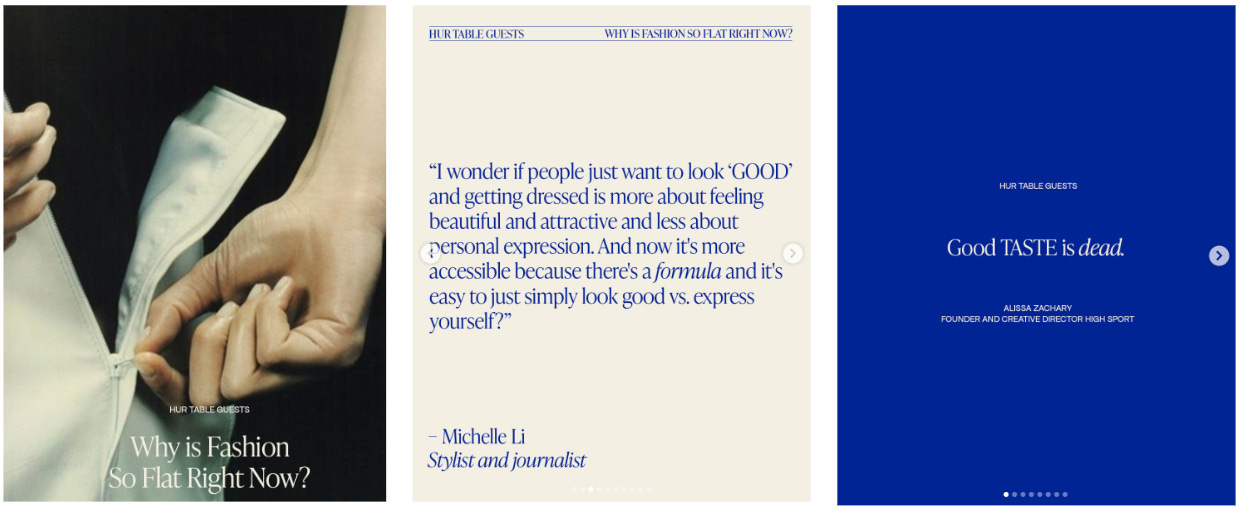

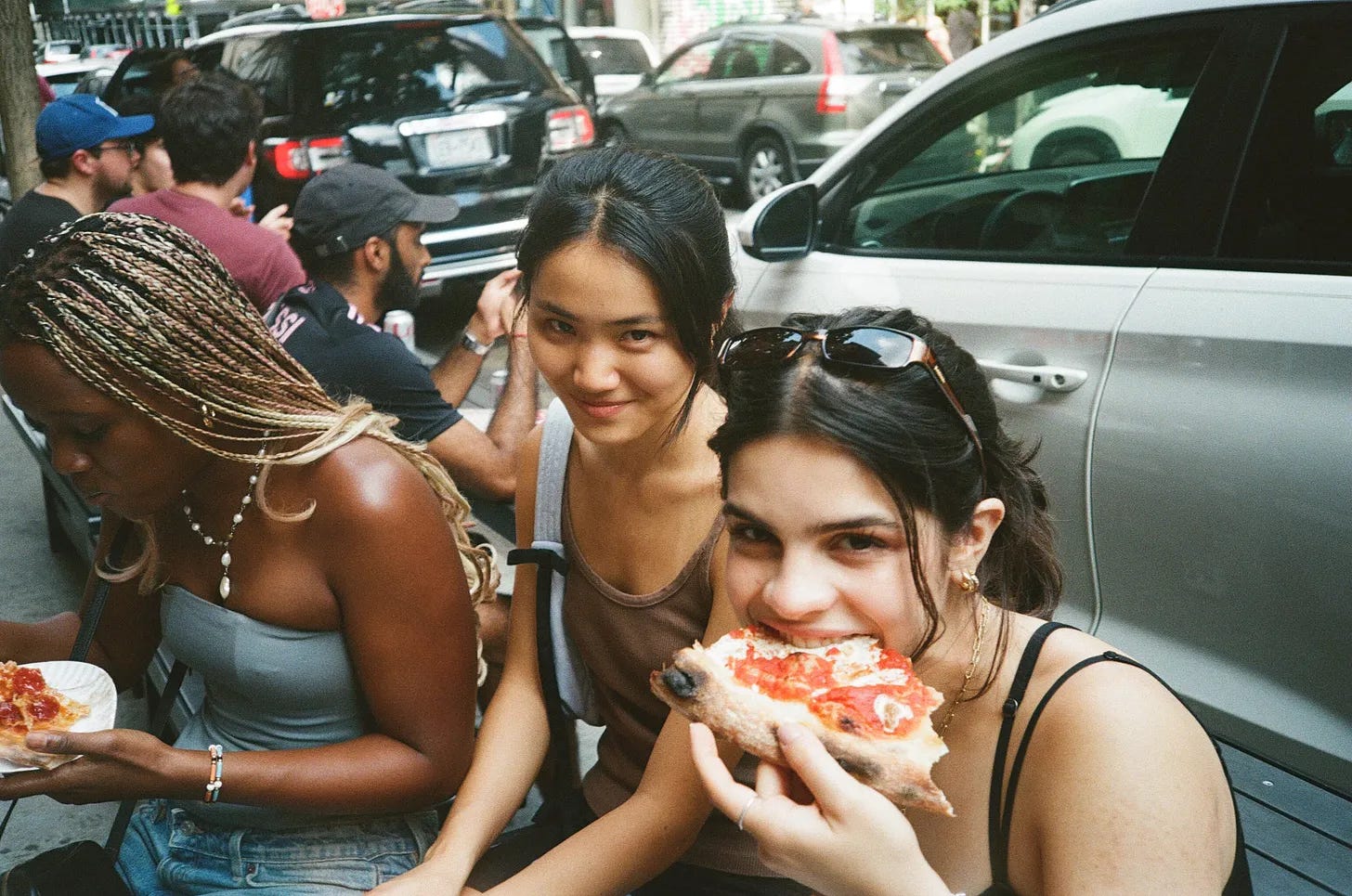

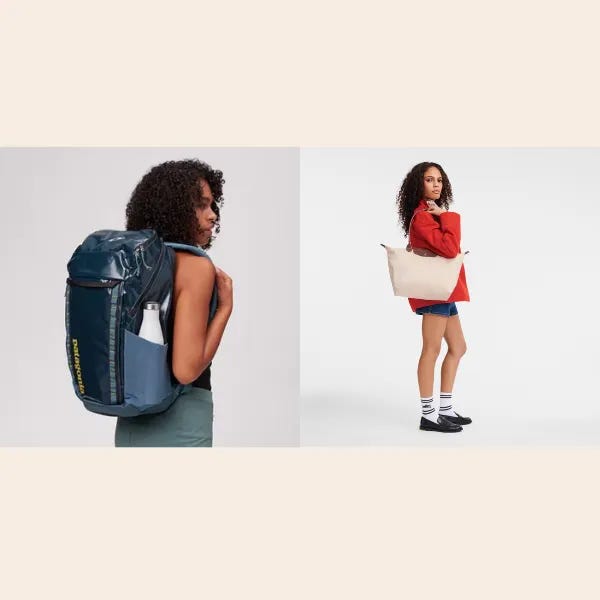



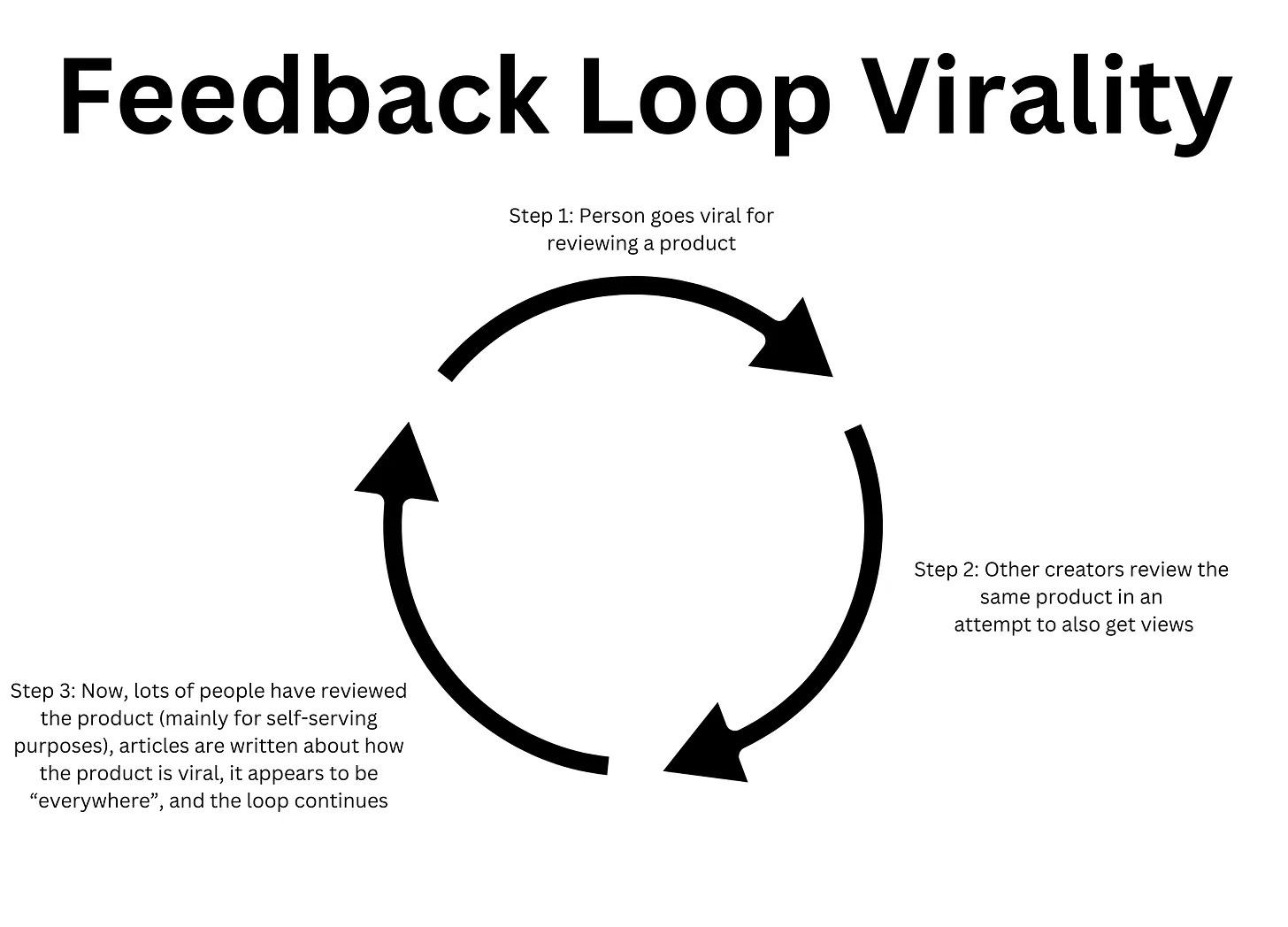

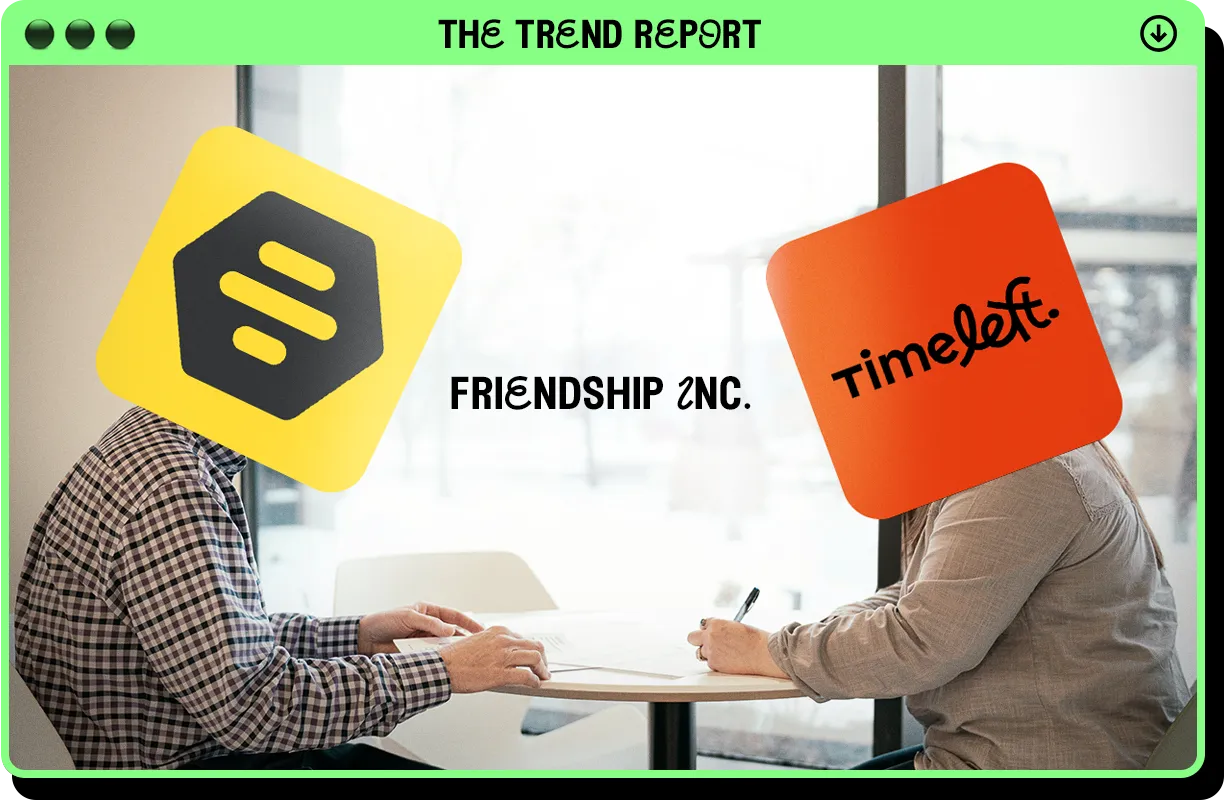

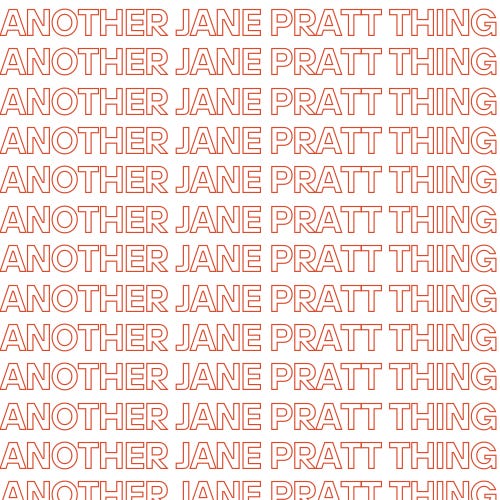

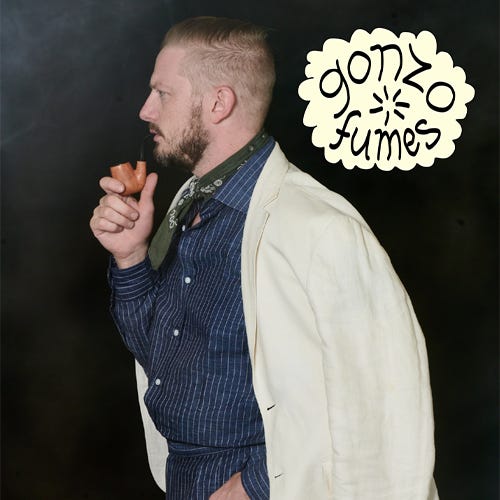




Is there actually a market for all this drivel? There is a distinct lack of depth to it all
I can smoke again? Squeeeeeeeee